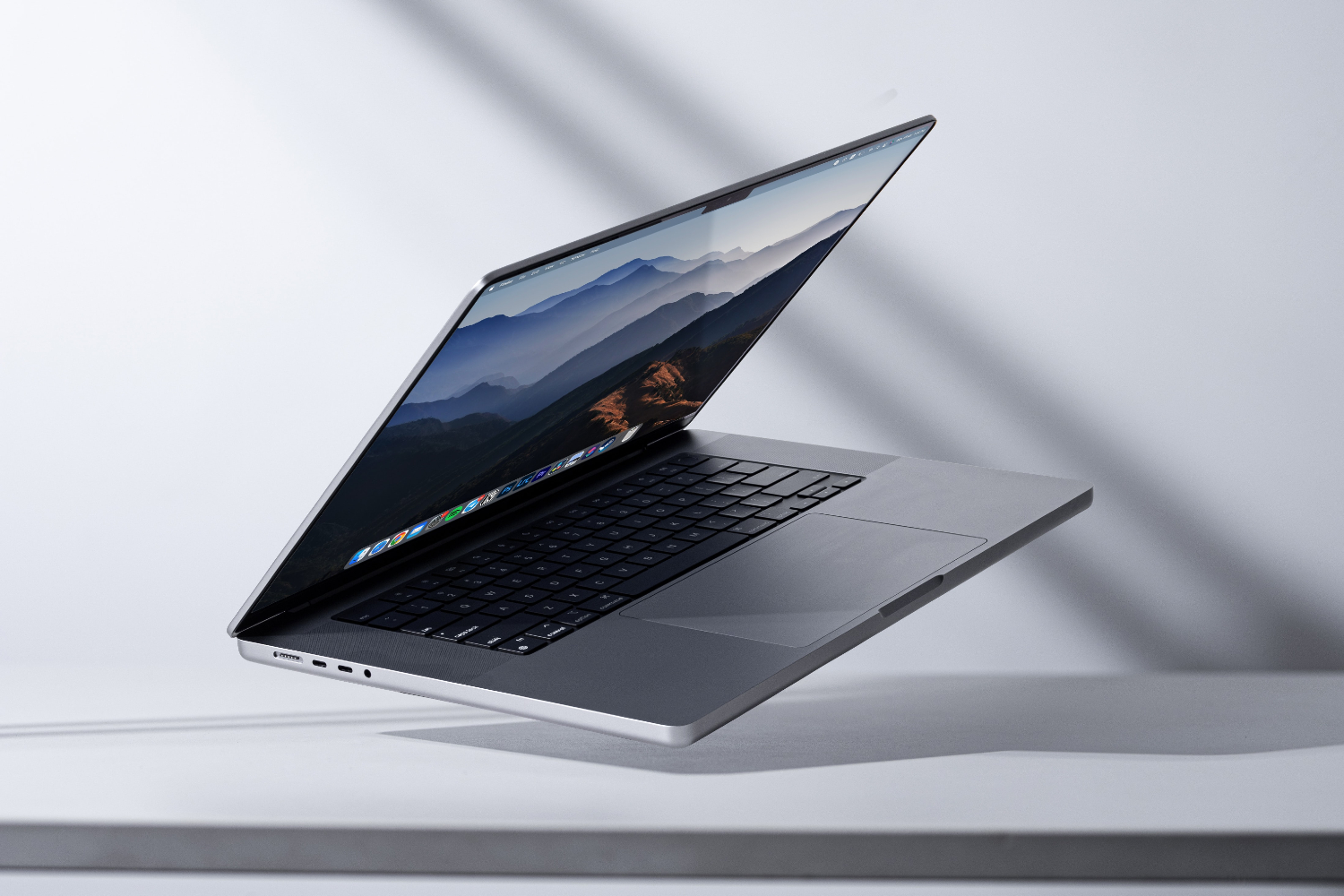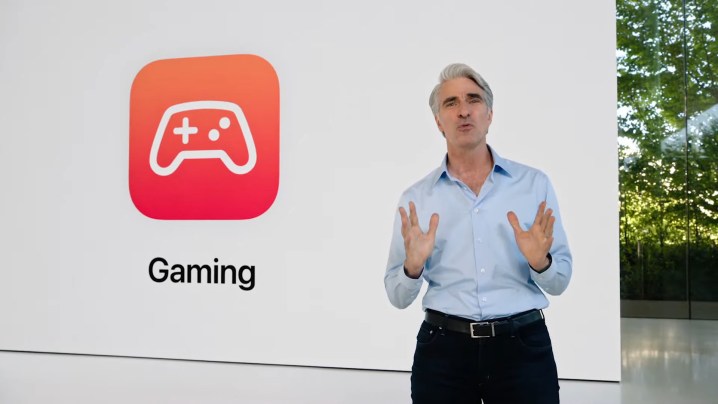3 key things I want to see in the next MacBook Pro
The next MacBook Pro is due for release any time now, and there are three important ways Apple can improve it to make it even better than its predecessor.

When Apple unveiled its new 14-inch and 16-inch MacBook Pro laptops in October 2021, it was the biggest improvement to the device in years. One year on, we’re expecting an imminent refresh to both laptops.
This time, it’s expected to be a more subdued affair. But there are still plenty of ways Apple could take the MacBook Pro to new heights, even if we might have to wait a little longer to see them than this fall. From gaming tune-ups to Face ID, these are the things I’d love to see in Apple’s next pro-level laptops. Sure, they may be unlikely this time around, but it’s good to be optimistic, right?
Better gaming performance

Let’s be honest here: MacBooks are not great gaming machines. But that hasn’t stopped Apple from taking some significant steps into this world in recent years. The company runs a dedicated gaming subscription service in the form of Apple Arcade, and brought noted game developers on stage at WWDC to announce a “new day” for gaming on Mac.
That’s not just down to software improvements, like MetalFX Upscaling and the Fast Resource Loading API – a big part will have to be played by hardware. And here, I’d love to see some tantalizing improvements this fall.
The new MacBook Pro models will almost certainly come loaded with M2 Pro and M2 Max chips. While the M2 chip’s architecture was not a revolution over its predecessor, the best improvements are likely to be seen in the pro-level chips. News outlet DigiTimes believes the M2 Pro and M2 Max could be made with a 3-nanometer process, which would likely result in significant performance gains. While that’s been disputed by analyst Ming-Chi Kuo, I’d love it if it came to fruition this fall.
Face ID — finally
 Elijah Nouvelage/Getty Images
Elijah Nouvelage/Getty ImagesThere are three certainties in life: death, taxes, and the fact that I will continually harp on about Face ID coming to the Mac until it eventually happens. If Apple wants me to pipe down, it knows what to do.
Face ID works so well on iPhone because you don’t need to do anything out of the ordinary: Just look at your phone and it unlocks. The same would be true for the MacBook Pro. Instead of reaching up to the Touch ID button at the top of the keyboard, you’d just sit down, gaze at your screen, and voilà, it’s unlocked. It’s the kind of seamless interaction that Apple products are well known for, and would make so much sense for you and me.
It makes sense from Apple’s perspective, too. Apple is increasingly segmenting its products, and you can see that in the iPhone lineup, where there are rumors Apple will soon rebrand the Pro Max into an “iPhone Ultra” that is even more distinct from the Pro models. Adding Face ID to the MacBook Pro would align with that business plan by creating a clear division between the MacBook Pro and MacBook Air, and would give people a great reason to upgrade.
That makes me think Face ID on the Mac makes sense to Apple, and we know the company is experimenting with it due to a slate of patents testifying as much. And now that the MacBook Pro has a notch, what better way would there be to highlight its fancy new Face ID capabilities?
The Dynamic Island on a Mac
 Andy Boxall/Digital Trends
Andy Boxall/Digital TrendsIt’s no secret that my favorite announcement from Apple’s September iPhone event was the Dynamic Island. It’s a work in progress for sure, but perfectly demonstrates how Apple is able to expertly blend hardware and software into something absolutely enchanting.
Now, what if you had that kind of functionality on a Mac? You would see background activities, like your currently playing music or screen recording status, while you were working on something else. Things can get awfully crowded awfully quickly on a Mac, with overlapping windows and multi-tasking workflows all vying for attention. The Dynamic Island could help ease some of that burden without requiring you to switch windows as often.
It would have to work very differently from how it’s done on the iPhone. For one thing, “flinging” an app into the Dynamic Island like on iPhone wouldn’t work on a Mac, since you just don’t interact with apps that way in macOS. At least one fan mockup has missed the mark, too. But if Apple could retool it to work on Macs and avoid the design pitfalls along the way, it could be a great new way to use apps on your laptop.

 Konoly
Konoly 





























![Are You Still Optimizing for Rankings? AI Search May Not Care. [Webinar] via @sejournal, @hethr_campbell](https://www.searchenginejournal.com/wp-content/uploads/2025/06/1-1-307.png)


